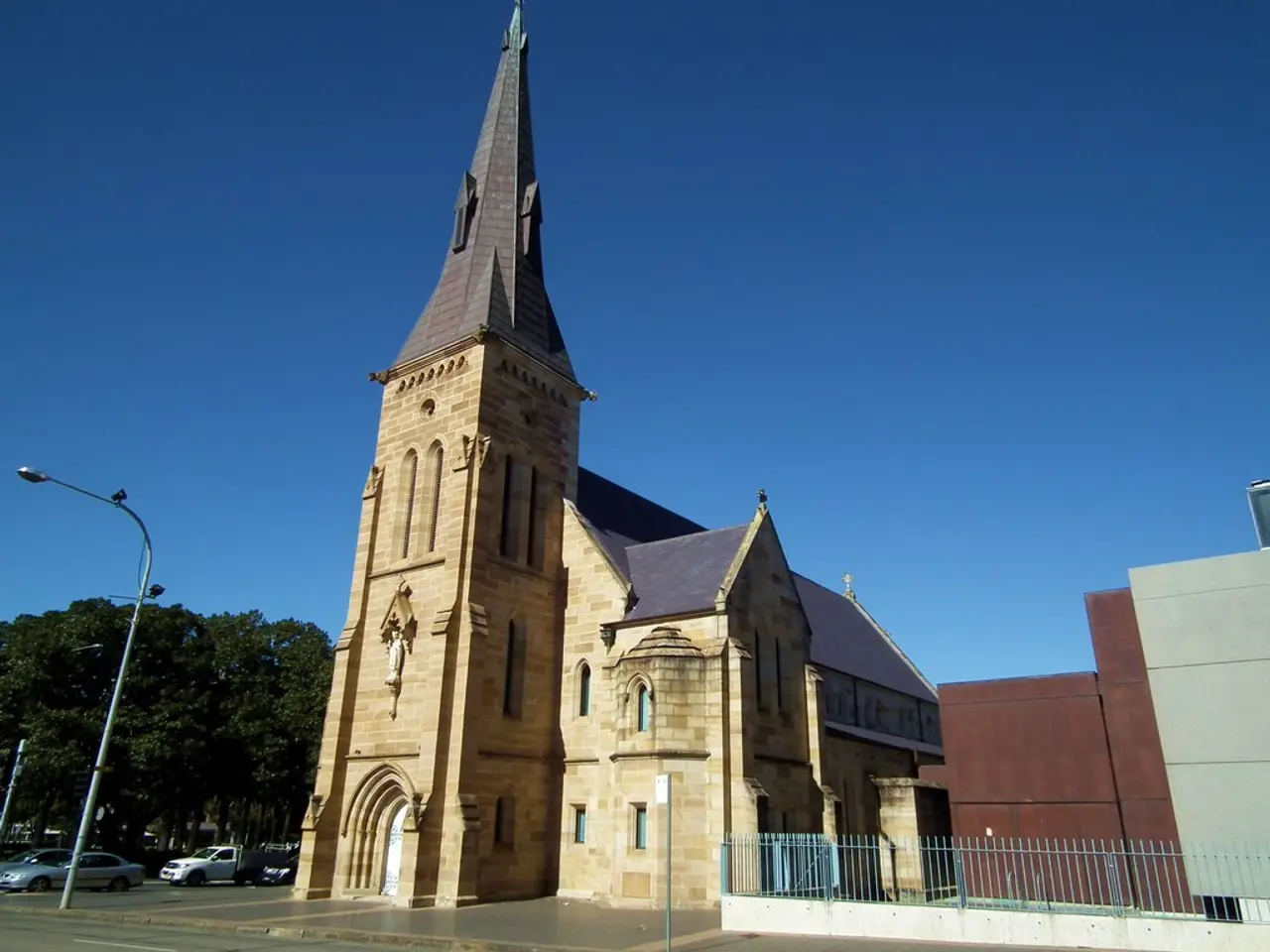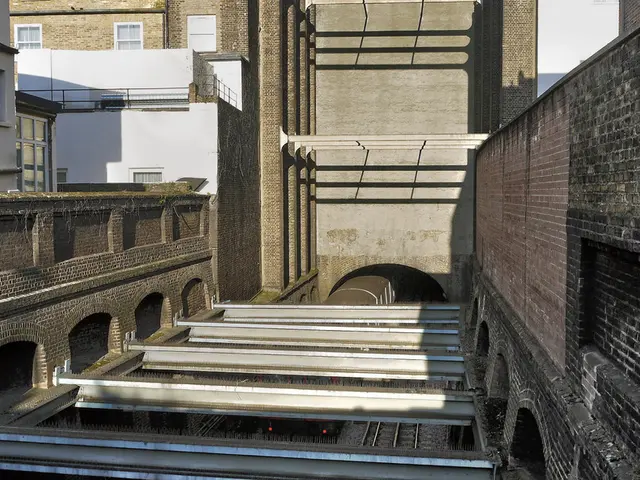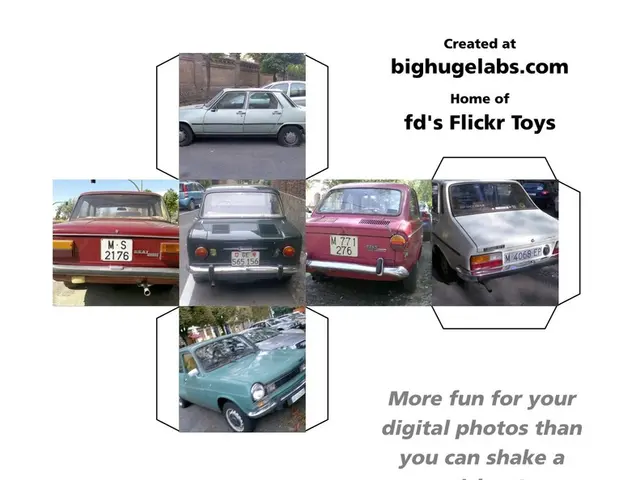Potsdamer Platz: Berlin's Resilience from Wasteland to Futuristic Landmark
Potsdamer Platz, a renowned landmark in Berlin, has evolved significantly over time. Once a bustling traffic hub before World War II, it became a wasteland during the Cold War. Post-reunification, it emerged as a futuristic neighborhood with high-rise buildings and historical sites.
The current Potsdamer Platz is home to several iconic structures. The Center, formerly known as the Sony Center, boasts a striking roof designed by architect Helmut Jahn. Three futuristic high-rises, designed by Renzo Piano, Christoph Kohlbecker, and Hans Kollhoff, dominate the skyline. The adjacent Leipziger Platz houses the Mall of Berlin, a large shopping center.
The square's history is rich. Before the war, it was a vital traffic hub with various facilities. Today, it preserves historical sites like the first European traffic light and remnants of the former Hotel Esplanade. The entire neighborhood was meticulously planned post-reunification, with architects envisioning the area in the 90s.
From a wasteland during the Cold War to a thriving neighborhood today, Potsdamer Platz stands as a testament to Berlin's resilience and transformation. Its blend of historical sites and futuristic architecture makes it one of the city's most famous places.
Read also:
- American teenagers taking up farming roles previously filled by immigrants, a concept revisited from 1965's labor market shift.
- Weekly affairs in the German Federal Parliament (Bundestag)
- Landslide claims seven lives, injures six individuals while they work to restore a water channel in the northern region of Pakistan
- Escalating conflict in Sudan has prompted the United Nations to announce a critical gender crisis, highlighting the disproportionate impact of the ongoing violence on women and girls.





